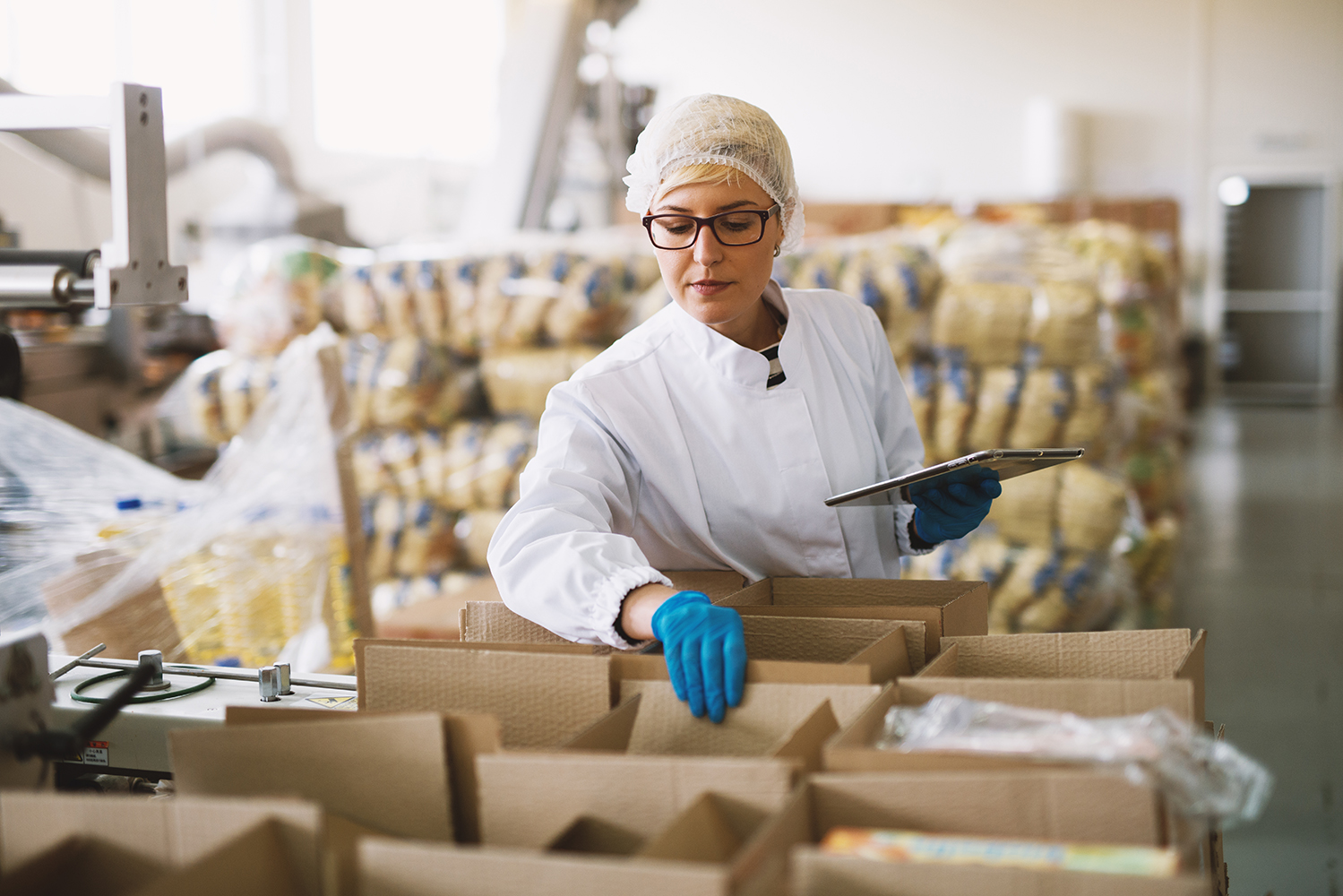
The journey of food from farm to fork is a complex one, involving numerous businesses along the global food and beverage supply chain. From suppliers and manufacturers to processors, importers, and distributors, each player faces unique challenges in today’s volatile world. Securing the right property and casualty (P&C) insurance is crucial to mitigate risks and protect the bottom line.
Surprisingly, despite the many variables at play, the P&C insurance market for the food processing and distribution industry has remained relatively stable compared to 12-24 months ago. Coverage terms, limits, and premiums have generally held steady, providing a solid foundation for businesses operating in this sector.
However, there are some notable exceptions to this overall stability. Property Insurance, particularly for facilities located in areas prone to catastrophic events, is seeing some pricing increases. Commercial Auto insurance is another line of business that hasn’t quite found its footing yet, although there are indications of improvement on the horizon.
Climate Change and Property Insurance Woes
One of the most significant factors driving Property Insurance costs upward is the increasing frequency and severity of extreme weather events.
Food processing facilities, especially older ones lacking modern protections, may struggle to find competitive coverage options. This issue isn’t unique to the food industry; climate change is impacting businesses across the board.
To mitigate risks and secure better coverage terms, food processing companies should invest in weather-proofing their facilities. This might include upgrading roofing systems, installing flood barriers, or reinforcing structures against high winds. Implementing risk management strategies and documenting these efforts can also help when negotiating insurance coverage.
Managing Risks Along the Supply Chain
Given the length and complexity of food supply chains, risk management is a top priority. Companies must have strategies in place to address potential disruptions and ensure food safety at every point in the process.
One critical aspect is maintaining consistent temperatures for perishable goods as they move through the supply chain. Temperature fluctuations during transportation can lead to spoilage and significant financial losses. Many companies transfer this risk to the cargo insurance market, but policy terms for temperature-related losses can vary widely. Food businesses must carefully review their coverage to ensure adequate protection.
For more comprehensive coverage across the supply chain, Stock Throughput Insurance is a valuable solution. This type of policy covers goods during international transit as well as domestic storage and inland transportation by truck or rail.
The High Cost of Contamination and Recalls
Food contamination incidents can have devastating consequences for a brand’s reputation and financial health. Whether due to temperature abuse, pathogens like salmonella or listeria, or other factors, recalls are expensive and attract unwanted media attention.
To manage these risks, food companies can purchase specialized insurance products such as Accidental Product Contamination and Malicious Product Tampering coverage. While the market for these policies is relatively stable, the frequency of contamination events has been on the rise.
Tightening food safety regulations have led to a 23% increase in recalls in Q1 2023 compared to the previous quarter. With the FDA budget expanding by $41 million, audits and recall events are expected to continue climbing. Food businesses must prioritize traceability and invest in technologies to quickly identify and remove contaminated products from the supply chain.
Theft, Cyber Threats, and Other Challenges
Beyond the core issues of property damage and food safety, there are several other risk factors food companies must navigate:
- Cargo Theft: Thefts targeting food and beverage shipments surged by 57% from Q2 2022 to Q2 2023. Thieves are attracted to these products due to their ease of resale. Implementing GPS tracking, multi-driver teams, optimized routes, and driver accountability measures can help mitigate losses. As highlighted in a recent New York Times Magazine article, the growing complexity of supply chains has created new vulnerabilities for criminals to exploit.
- Cybercrime: Ransomware attacks have hit several major food companies in recent years, with malware detections in the industry skyrocketing by over 600% in just one year. Investing in robust cybersecurity measures and securing appropriate insurance coverage is essential to protect against these evolving threats.
- Commercial Auto Challenges: While the market is showing signs of stabilizing, Commercial Auto insurance remains a pain point for many food distributors. Implementing fleet safety programs, driver training, and telematics can help secure more favorable coverage terms.
Partnering with an experienced insurance agent or broker is crucial for food processing and distribution companies to navigate these complex risks. With thorough documentation of risk management efforts, claim histories, and financials, businesses can secure tailored coverage programs that fit their unique needs.
Foa & Son combines local service with extensive resources and expertise. Our knowledgeable team can help you identify exposures, implement risk control strategies, and secure the right insurance coverage to protect your food business in today’s uncertain world.
CONTACT A FOA & SON SPECIALIST


